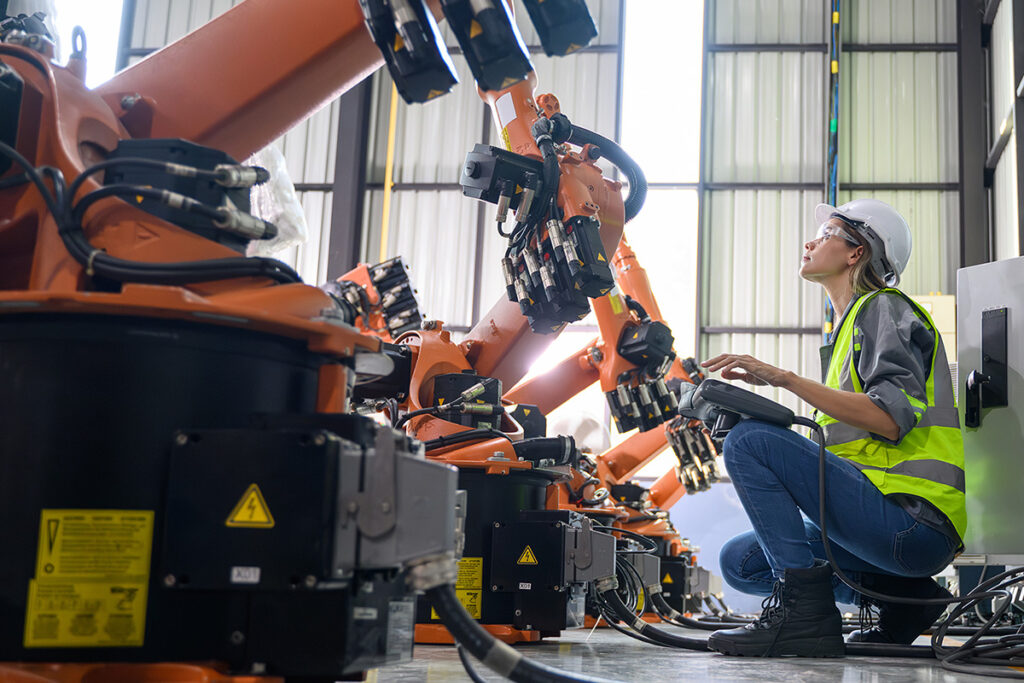Beyond the Blueprint: Real World Strategies for Implementation
Strategic planning is only the first step; successful implementation requires a clear vision, effective communication, and actionable steps. This blog post highlights how TIP has supported clients like the City of Dallas, Greater Fort Wayne Inc., and the Greater Baltimore Committee in moving from strategy to impact, offering insights on bridging planning with execution to drive meaningful results.
Beyond the Blueprint: Real World Strategies for Implementation Read More









